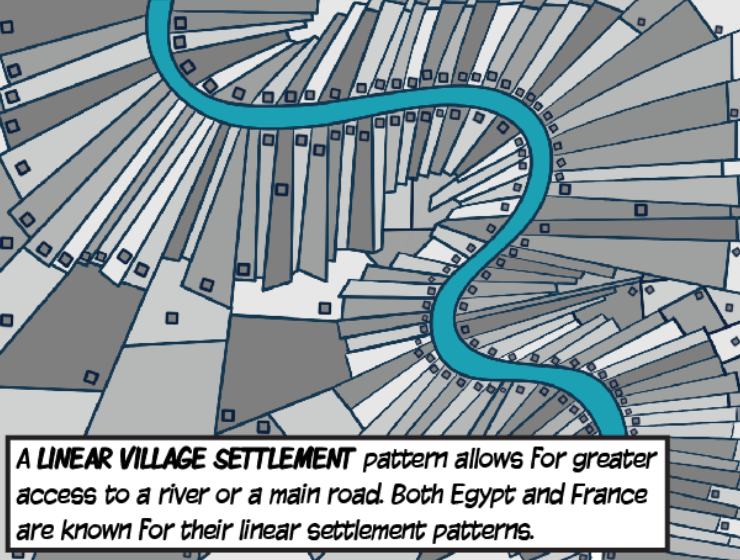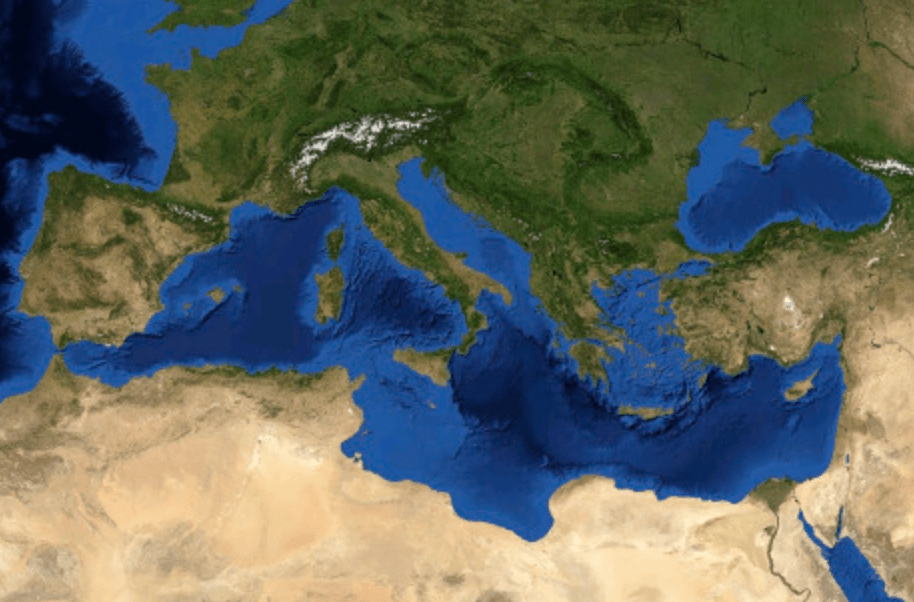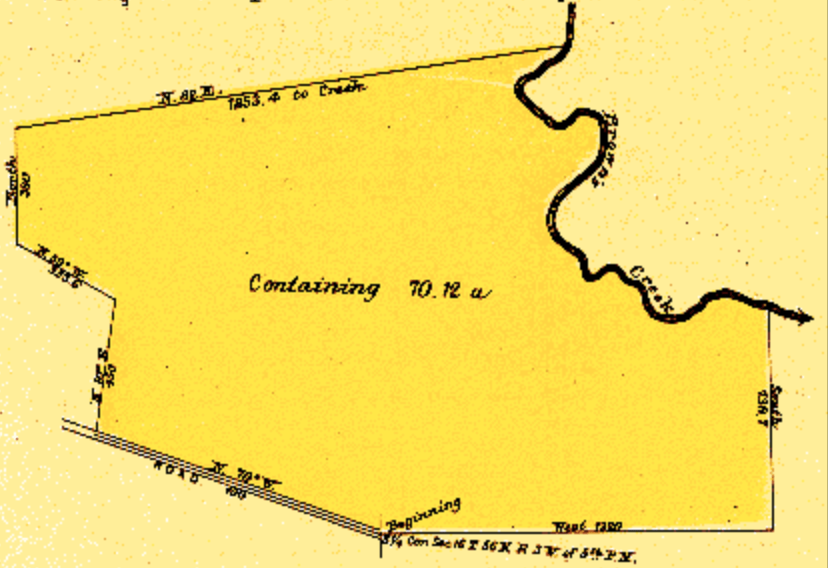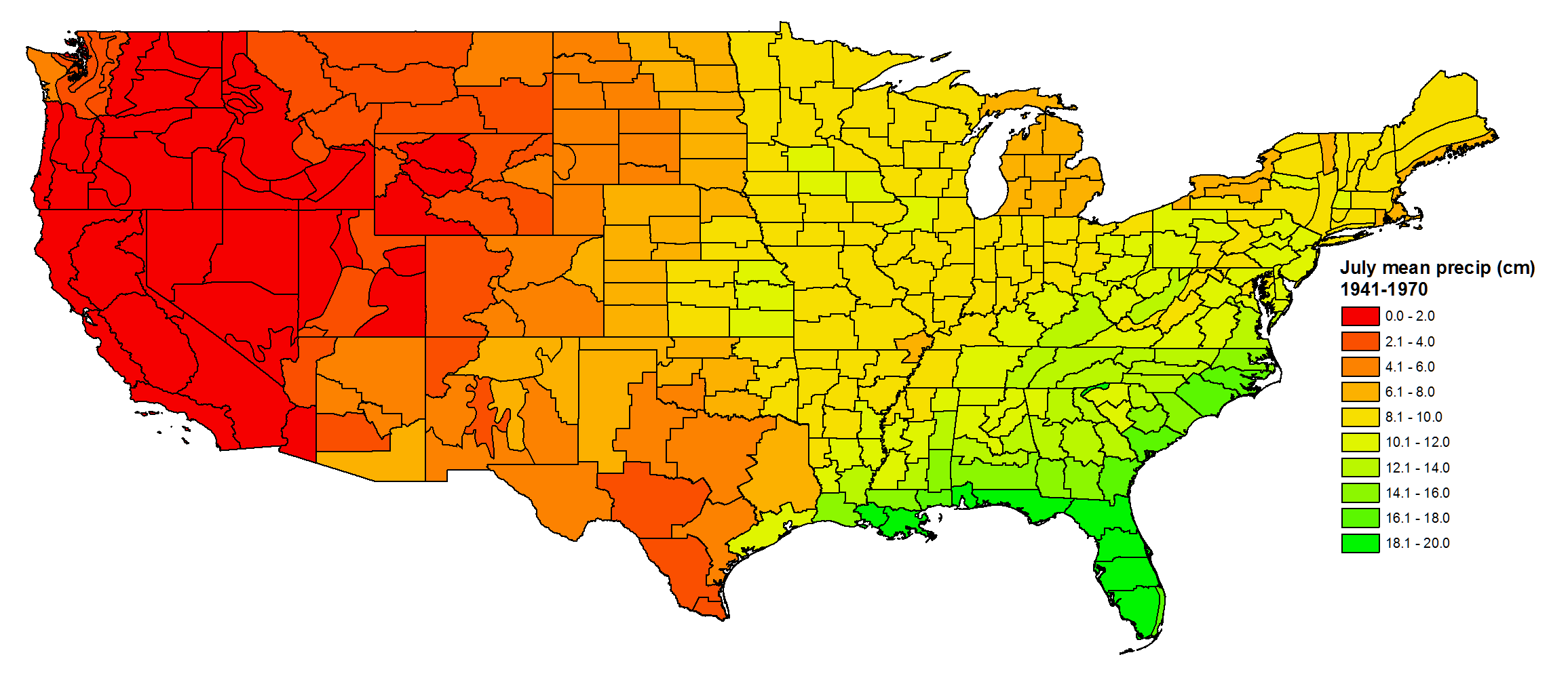This type of agriculture utilizes the milking of cows and goats for commercial gain.
Dairy farming
This Agricultural revolution took place when Humans began planting crops and domesticating animals.
The First Agricultural Revolution
This type of settlement pattern occurs when houses and farms are located far apart from each other.
Dispersed
This is the definition of Aquaculture.
Growing fish for food.
This is one way humans have altered the environmental sustainability of agricultural lands.
Overuse of resources, Depleting soil nutrients, high yield seeds, crop rotation, use of fertilizers and pesticides, utilizing urban farming to promote sustainability.
This is the rural land distribution pattern depicted below:
Long Lot
This type of agriculture comes from climates in areas like the one shown in this photo:
Mediterranean Agriculture
Improvements in agricultural technology (e.g., mechanization, Green Revolution) increased food production at a rate that outpaced population growth.
This is the rural land distribution shown in the photo below from Tennessee:

Metes and Bounds
This is one way in which a complex commodity chain connects large-scale dairies to consumers.
E1. Milk is manufactured into value-added dairy products (e.g., yogurt, cheese, cream, other dairy products, frozen foods), increasing the complexity of the commodity chain as more steps are needed for processing and packaging.
• E2. Dairy solids are used in the industrial production of food ingredients or cosmetics, so more steps are needed in the commodity chain.
• E3. Whey is used in formula for infants, in snacks, and for other purposes and is processed at a different plant, adding complexity to the commodity chain.
• E4. Customized packaging of dairy products adds complexity as additional steps are needed in the commodity chain.
• E5. Overproduction of milk may result in production of dairy products such as dry milk and canned milk that can be preserved much longer than fresh milk and shipped long distances and/or internationally to consumers. This adds complexity to the commodity chain.
This is the reason the Green Revolution had varying degrees of success.
Some states were not able to afford the fertilizer, seeds, and machines necessary to utilize Borlaug's revolution. Africa also had issues with its soil and climate.
This land distribution pattern is the reason for the Geometric borders of Nebraska, Kansas, North Dakota, South Dakota, Colorado, Wyoming, New Mexico, Utah, Arizona, Nevada, and Oklahoma.
Township and Range,
Remember Thomas Jefferson created Township and Range, he was also the President that did the Louisiana purchase which got us North Dakota, South Dakota, Nebraska, Kansas and Wyoming!
This is the scale and scale of analysis of the map below:
Scale: National (Although it is missing Hawaii and Alaska)
Scale of Analysis: Local (County)
This is one way that government policies banning genetically modified organisms may favor small family farms over large-scale commercial agriculture.
E1. If large-scale commercial agriculture firms cannot use GMO technology to reduce costs, the products of small family farms may become more competitive in price with the products of large-scale commercial agriculture.
• E2. Small family farms may be favored over large-scale commercial agriculture in the production of non-genetically modified agriculture (e.g., organic agriculture), high value-added agriculture (e.g., specialty products), regional foods (e.g., foods with appellations like Parmigiano-Reggiano cheese, Jamon Ibérico), and/or heirloom varieties as many small family farms may already be engaged in this form of
production.
• E3. These policies may reduce large-scale commercial agricultural firms’ control over seed stock, allowing small family farms to diversify their products and better compete with large-scale commercial agriculture.
• E4. Ensuring non-GMO crops are healthy can be a more time-consuming process, which would not accommodate the economies of scale in large commercial farms and would favor the smaller family farms.
This is the way transportation technology has increased economies of scale in the agricultural sector of less developed countries.
• C1. Trucks, trains, and/or shipping containers can move large and/or larger quantities
of crops, increasing production and/or consumption.
• C2. Farm machinery (e.g., tractors, harvesters) has helped reduce the amount of
human labor and/or increased the amount of production.
• C3. Farm machinery has allowed farms to increase the amount of farmland with
reduced labor costs and/or improved efficiency.
• C4. Chemical herbicides, pesticides, and/or fertilizers applied by transportation
technology (e.g., tractor, airplane) have reduced labor and/or increased crop yields.
• C5. Airplanes and/or ships are used to transport perishable products (e.g., flowers,
fruits, vegetables), increasing their sales in other markets.
This is the reason for the pattern of small-scale family-run dairy farms decreasing in number nearly every year since 1990.
An inability to compete with large-scale commercial dairy farms.
The small-scale dairy farms may have gone out of business.
This is the definition of economies of scale.
Economies of scale are cost advantages realized by companies when production becomes more efficient.
AKA
The company already has the production equipment or marketing platform or shipping, so they are easily able to scale their company and get more money from more inputs.